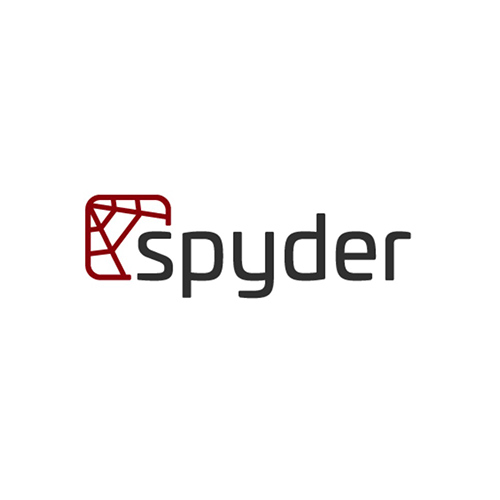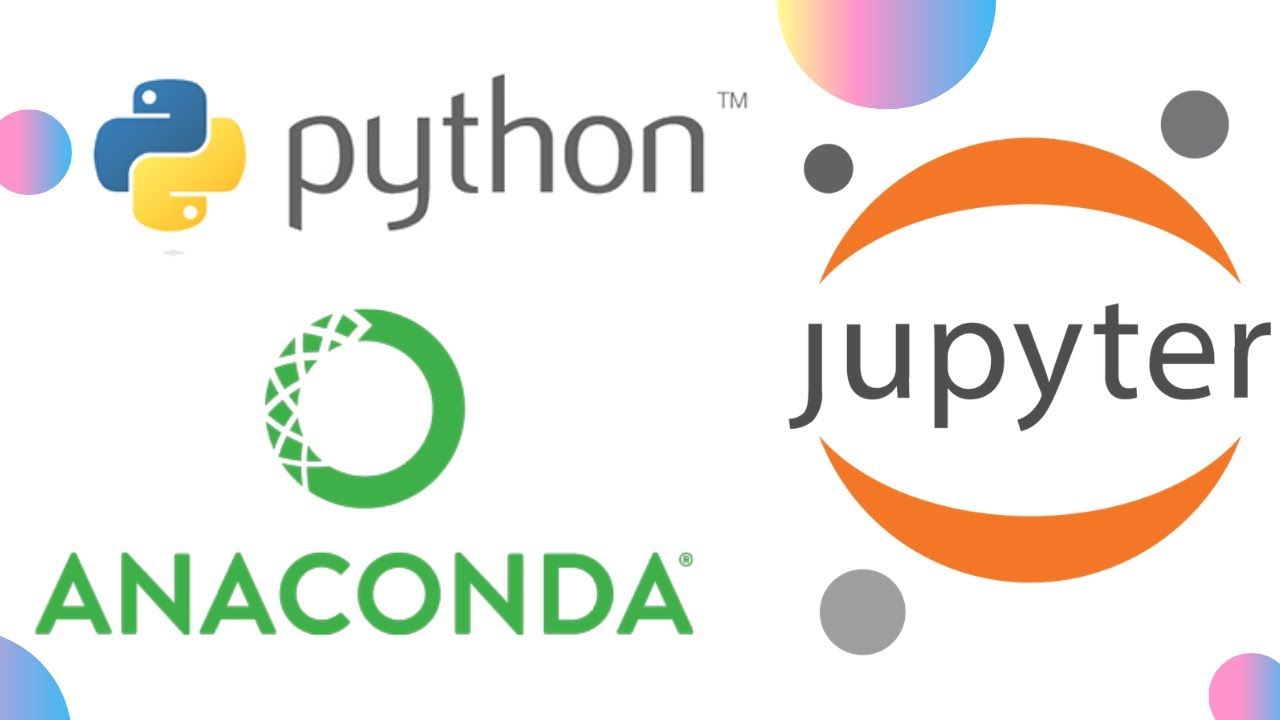Apache NetBeans: The all-in-one development environment for developers
Published

Introduction to Apache NetBeans: Your Versatile Development Platform
Apache NetBeans is a powerful and versatile development environment designed specifically for software developers. This platform-independent IDE (Integrated Development Environment) offers a wide range of features and tools to help developers create efficient and high-quality code. With NetBeans, you can develop applications in various programming languages such as Java, JavaScript, PHP, C++ and more. Whether you are working on web applications, mobile apps or desktop software, NetBeans provides you with the tools you need to successfully implement your projects.
The Apache NetBeans user interface is designed to be user-friendly and intuitive so that developers can quickly become productive. It also supports the integration of Git and other version control systems to facilitate collaboration within the development team. Another advantage of NetBeans is its support for various frameworks and libraries, which makes the development of applications more efficient.
Whether you're an experienced developer or just starting out in the world of software development, Apache NetBeans provides a solid foundation for your projects. In the following sections, we'll take a closer look at the features, benefits and uses of Apache NetBeans to help you get the most out of this versatile development environment.
Apache NetBeans vs. other IDEs: Why NetBeans is worth considering
Choosing the right integrated development environment (IDE) is crucial to the success of a software project. In this context, Apache NetBeans is an IDE that deserves serious attention. Compared to other development environments, NetBeans offers a number of advantages that make it an option worth considering.
One of the outstanding features of Apache NetBeans is its versatility. While some IDEs specialize in specific programming languages or platforms, NetBeans is platform-independent and supports a wide range of programming languages, including Java, JavaScript, PHP, C++ and more. This makes it an excellent choice for developers working in different languages or managing multiple projects simultaneously.
Another reason why NetBeans stands out is its active developer community. This leads to regular updates and enhancements that continuously improve the functionality of the IDE. The integration of Git and other version control systems enables smooth team collaboration, and the support for various frameworks and libraries makes the development of applications more efficient.
NetBeans also offers a user-friendly interface and a wide range of plugins and extensions that allow customization to individual development needs. In addition, it is an open source IDE, which means that it is available free of charge and is supported by a dedicated community.
In this comparison to other IDEs, it's clear that Apache NetBeans offers a powerful and flexible development environment that helps developers create efficient and high-quality code. In the coming sections, we'll dive deeper into the various features and uses of NetBeans to help you understand why it's a worthwhile choice for your development projects.
Practical application of Apache NetBeans: tips and best practices
The practical application of Apache NetBeans can significantly improve the efficiency and quality of your software development. To get the most out of this versatile IDE, you should consider some proven tips and techniques.
First of all, it is advisable to start with project management. NetBeans offers a clear project structure that allows you to organize your files and resources well. Use the functions for grouping files and folders to keep your projects organized.
Another important aspect is the use of shortcuts and key combinations to increase your working speed. NetBeans offers a wealth of keyboard shortcuts for frequently used tasks such as opening files, starting debugging sessions and refactoring code. Learning and using these keyboard shortcuts can significantly increase your productivity.
NetBeans also offers a powerful code editor function with features such as code completion and syntax highlighting. Use these features to write your code faster and error-free. The integrated version control allows you to track changes to your code and easily switch between different versions.
The integration of test tools and frameworks in NetBeans also facilitates the implementation of tests and the testing of your applications. This is crucial to ensure that your software runs error-free and meets the requirements.
In addition, you can use the extensive library of plugins and extensions to customize the functionality of NetBeans according to your needs. These plugins can range from the integration of new programming languages to the extension of IDE functions.
Finally, regular updating and maintenance of NetBeans is very important, as new versions often offer improvements and bug fixes. By applying these tips and best practices, you can use Apache NetBeans effectively and optimize your development tasks.
Extensions and plugins in Apache NetBeans: Customize your IDE
Apache NetBeans is an extremely versatile development environment that allows developers to customize and extend their working environment according to their individual needs. One of the most remarkable ways to do this is to integrate extensions and plugins into NetBeans.
NetBeans has a robust ecosystem of extensions and plugins that are developed and maintained by the community. These extensions allow developers to easily extend the functionality of the IDE. For example, you can add extensions to introduce support for additional programming languages or frameworks. This means that you can work on different projects in the same IDE without having to switch between different development environments.
In addition, you can use plugins to customize the user interface and appearance of NetBeans. If you use certain functions more often than others, you can create a toolbar with customized buttons or add shortcuts for frequently used actions. In this way, your IDE is tailored exactly to the way you work.
Extensions and plugins also offer the option of integrating third-party tools. For example, you can seamlessly integrate development and testing tools, version control systems or even database management software into your IDE. This facilitates team collaboration and increases efficiency.
The installation of extensions and plugins in NetBeans is generally straightforward. The IDE has an integrated plugin manager that allows you to search for, install and manage available extensions. You can also deactivate or remove the extensions as required if they are no longer needed.
In summary, extensions and plugins in Apache NetBeans provide a flexible way to customize and extend your development environment. By selecting those that meet your specific needs, you can increase your productivity and create a customized IDE that fits your development workflow perfectly.
The future of Apache NetBeans: current trends and developments
Apache NetBeans has established itself in the world of development environments as an extremely powerful and versatile platform. The future of this IDE promises exciting developments and trends that will inspire developers all over the world.
A key trend influencing the further development of NetBeans is the ongoing integration of AI and machine learning. Developers can already benefit from code analysis tools based on machine learning that help identify potential errors and optimization opportunities. In the future, such functions will be further refined and expanded to make development work more efficient.
Other key areas for the future of NetBeans are the seamless integration of cloud services and DevOps practices. This means that developers will be able to deploy and manage applications directly from their IDE to the cloud. The automation of development and deployment processes will continue to be a strong priority in order to accelerate application time-to-market and improve team collaboration.
Another emerging trend is support for new programming languages and frameworks. NetBeans has already proven itself as a cross-platform IDE, but support for modern languages and technologies will be further expanded in the future. This will allow developers to use the latest tools and frameworks in their work.
Finally, the focus is on continuously improving the user-friendliness and design of NetBeans. A more intuitive user interface, better integration of development tools and an optimized workflow are some of the aspects that are expected in the upcoming versions of the IDE.
Overall, the future of Apache NetBeans leaves plenty of room for innovation and growth. Developers can look forward to exciting developments that will make their work easier and increase efficiency, while the IDE keeps pace with the ever-changing demands of software development.








